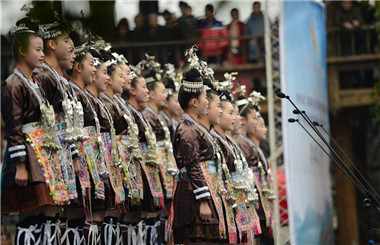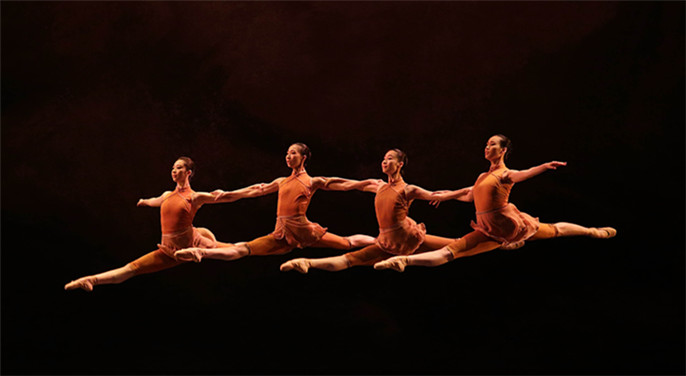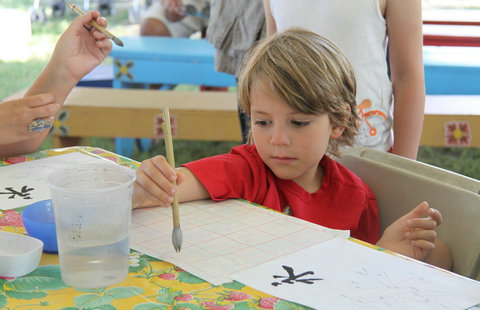Beware the risk in buying art overseas
( chinadaily.com.cn ) Updated: 2015-12-02 07:10:52
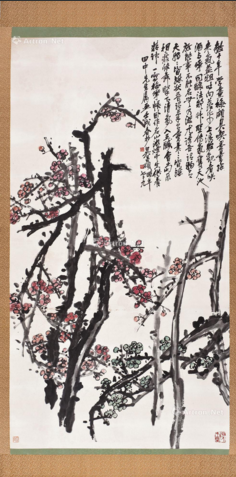 |
|
Green and Red Plum Blossom, by Wu Changshuo. [Photo/artron.net] |
Japanese collectors are willing to exchange relics for money
It has been more than 2,000 years since Chinese artworks began entering Japan. According to statistics, 30 percent of Chinese relics on the world market are from Japan.
Before 1900, except for national gifts exchanged between China and Japan, most relics went to Japan during civil cultural exchanges. It is said that overseas students and Japanese painters coming to China took a number of relics away. During World War II, more Chinese relics were taken to Japan from China.
Though it is painful to lose so many, while, these relics are well preserved in Japan. This is why Chinese collectors are in favor of the Japanese auction market.
As the Japanese economy has witnessed a decline in recent years, traditional Japanese collectors are selling their treasures to generate money. New-generation collectors in Japan tend to love western art more, with less people become interested in Chinese relic art.
These young collectors don't know much about Chinese art, and the relics they keep are mostly passed down from preceding generations. Some may sell precious items at quite low prices.
In addition, the Japanese auction market is quite mature and challenging. The same items on the Japanese market may be cheaper than that in China, but with better quality.
According to the Xi'an Evening News, a person once bought a ewer from the Shang and Zhou dynasties (BC 1600 - BC 256) in Japan for 300,000 yuan ($46,890) and then sold it at more than 16 million yuan ($2.5 million) after getting it back to China.
|
|
|
|
|
|
|
|

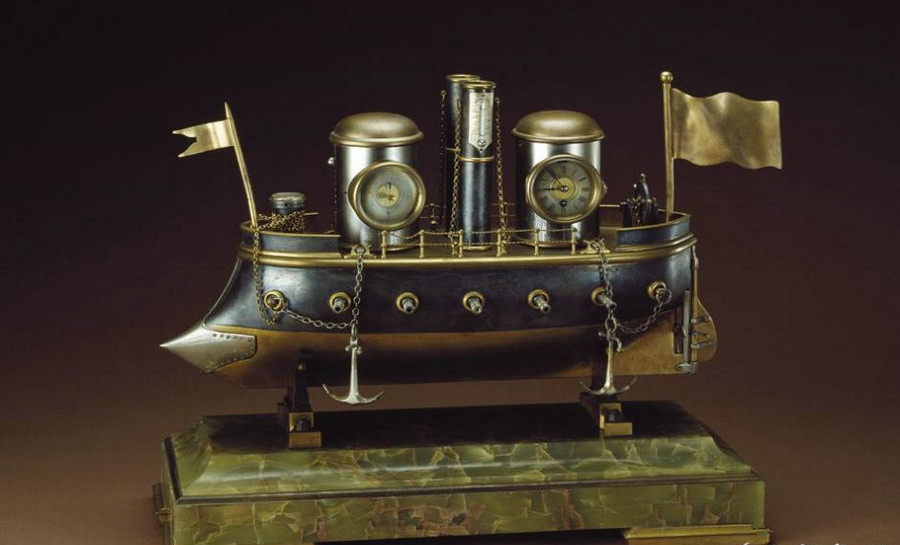
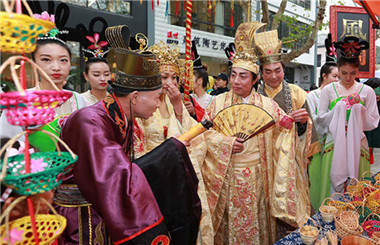
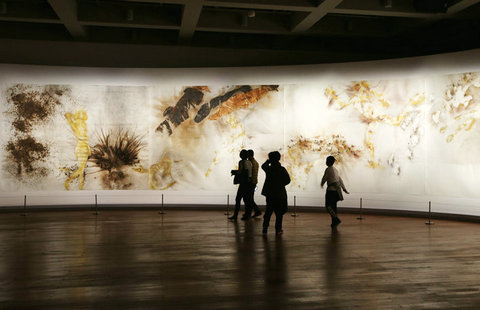
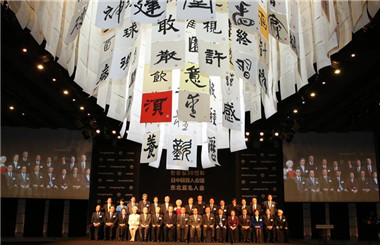
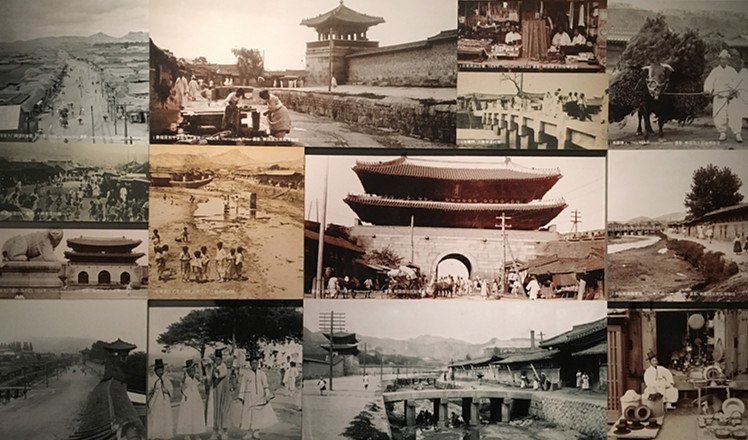
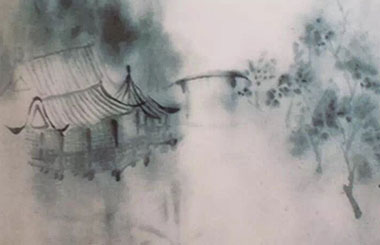

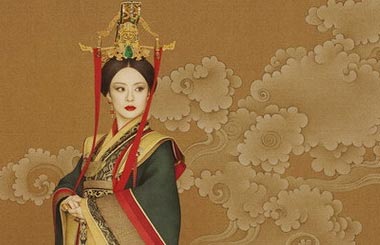




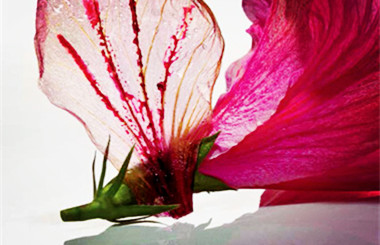




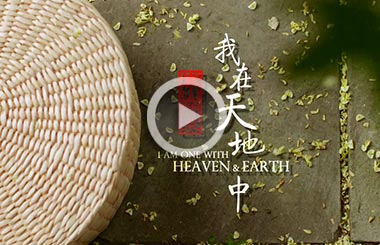


 Raymond Zhou:
Raymond Zhou: Pauline D Loh:
Pauline D Loh: Hot Pot
Hot Pot Eco China
Eco China China Dream
China Dream China Face
China Face


